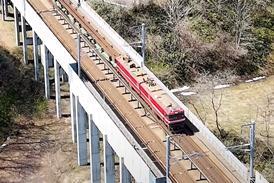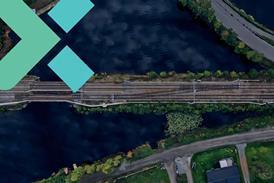Close menu
- Home
-
News
- Back to parent navigation item
- News
- Traction and rolling stock
- Passenger
- High speed
- Freight
- Infrastructure
- Policy
- Technology
- Ticketing
- Business
- Research, training and skills
- Accessibility and inclusion
- People
- Urban rail news
- Suburban and commuter rail
- Metro
- Light rail and tram
- Monorail and peoplemover
- Regions
- InnoTrans
- In depth
- Events
- Data
- Maps
- Tenders & Jobs
- Sponsored content
- Insights
Poitiers – Limoges DUP overturned
By Railway Gazette International2016-04-19T14:13:00

FRANCE: National transport users’ association FNAUT is pushing for investment to enhance and accelerate passenger services between Paris and Toulouse via Orléans following the State Council’s decision on April 15 to overturn the Declaration of Public Utility for a high speed line between Poitiers and Limoges.A DUP sanctioning the project ...
Already have an account? LOG IN
To continue…
You’ve reached your limit of content for the month














